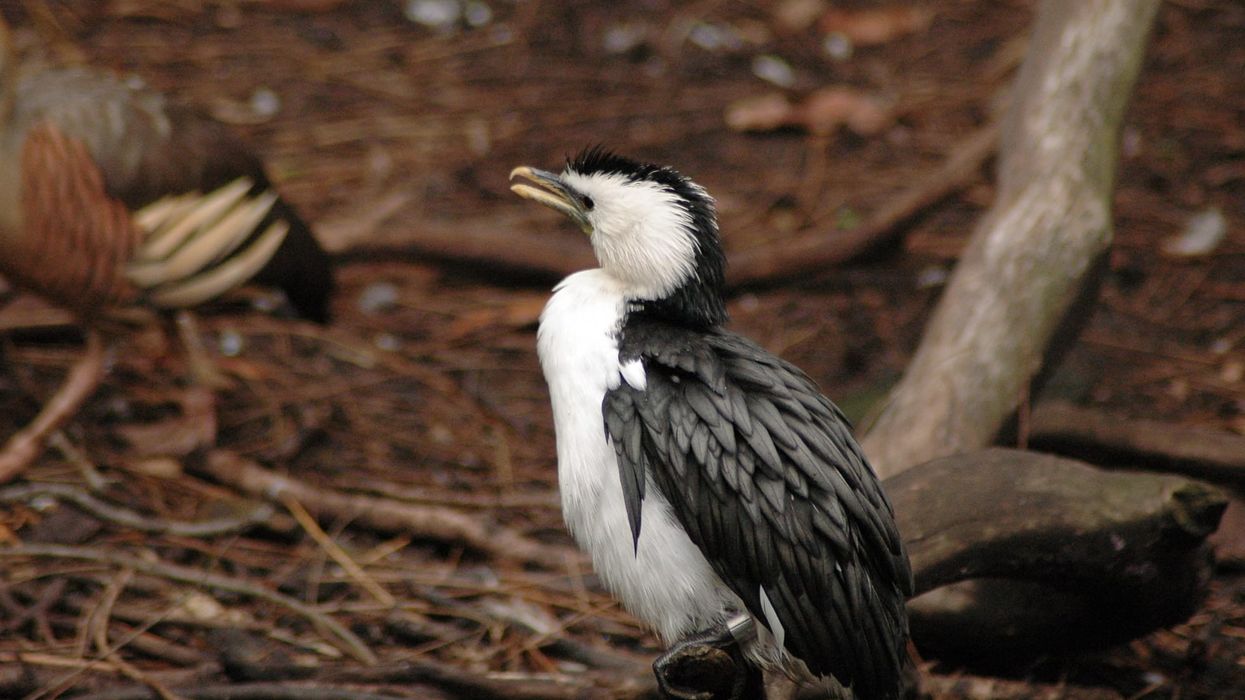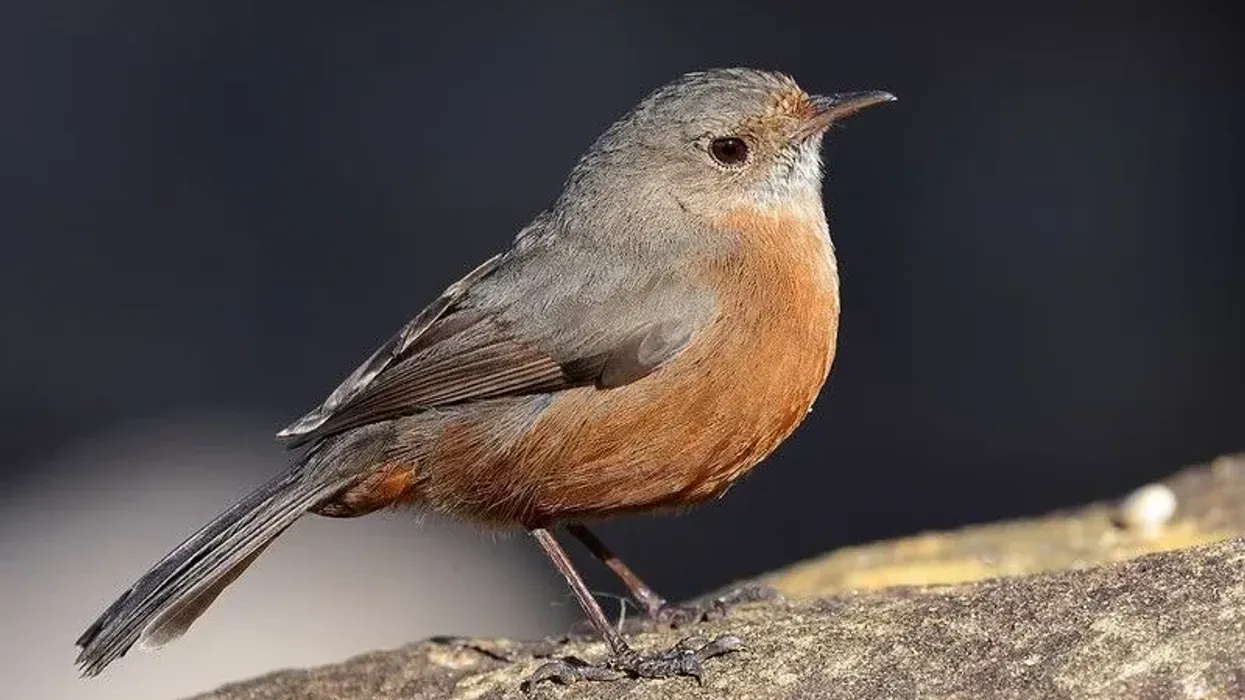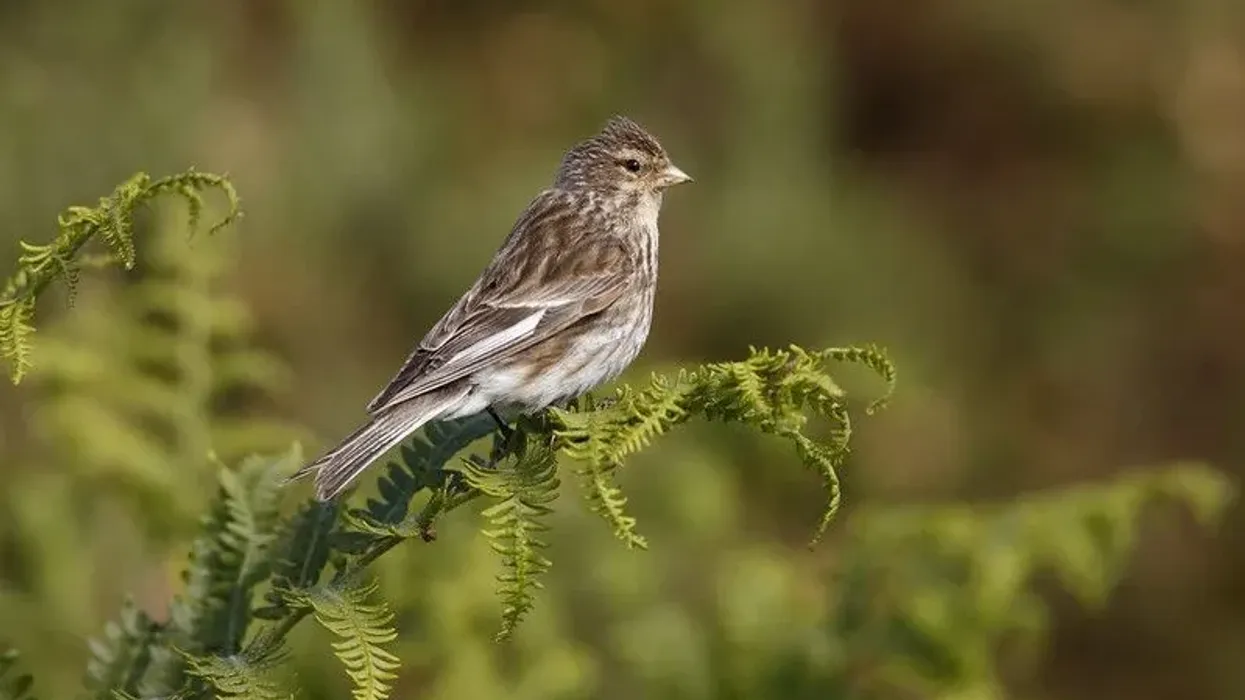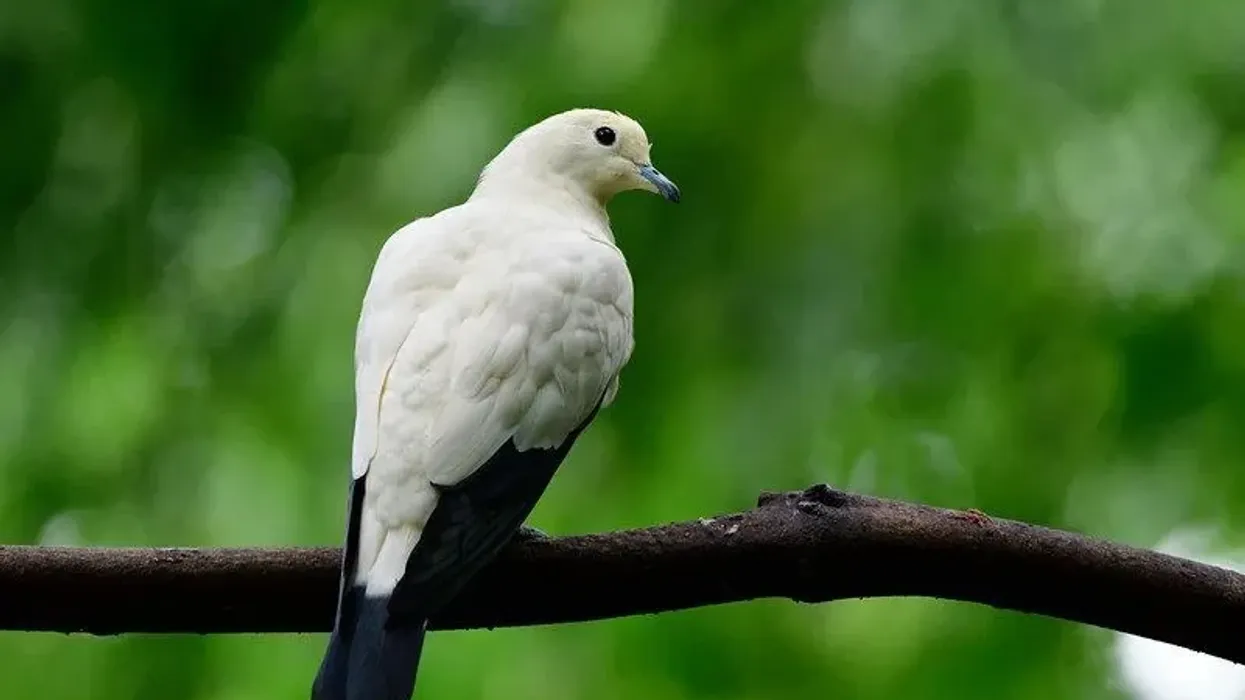The little pied cormorant is a medium-sized bird that is found in Australia and islands in the southwestern Pacific. These birds are characterized by their black and white colored bodies and their yellow colored bills.
The mantle of the adult bird is thoroughly black with a greenish sheen and the underparts are white. The white feathers of the throat are continued to the upper region of the eyes. The feet of this bird are black and give them quite a magnificent look!
These cormorants are often seen diving into water bodies, feeding on small fish and crustaceans. Their diet is fully taken care of by the fresh aquatic animals that they carefully catch. If you happen to find a colony of these birds, make sure to wait for a while to witness a dive.
For more relatable content, check out these green heron facts and reddish egret facts for kids.
Little Pied Cormorant Interesting Facts
What type of animal is a little pied cormorant?
The little pied cormorant (Microcarbo melanoleucos) or little shag is a bird that is found throughout Australia.
What class of animal does a little pied cormorant belong to?
In scientific terms, the class of animals that these birds belong to is Aves, however, in popular language, we simply classify them as birds.
How many little pied cormorants are there in the world?
We do not the exact number or range of the population of Australian little pied cormorants. However, it is clear from their conservation status that the population of this species is fairly stable and that they are not endangered in any way.
Where does a little pied cormorant live?
The little pied cormorant bird or little shag is found in freshwater or salt water inland lakes, dams, or water bodies. They feed on aquatic animals and their flocks are often seen in large numbers around the water bodies in Australia.
What is a little pied cormorant's habitat?
The distribution of the population of the little pied cormorant or little shag is found throughout Australia. This species is also found in islands of the south-western Pacific and Sub-Antarctic. Apart from such islands, they can often be seen in places such as New Zealand, Myanmar, Thailand, Singapore, and Indonesia.
Who do little pied cormorants live with?
Little pied cormorants are colonial birds which means they are found in large flocks near islands and inland salt water lakes where they roost, carry out breeding, and hunt together.
They also form colonies and mix freely with other little black cormorants or black shags (Phalacrocorax sulcirustris) as they both feed on aquatic animals and are from the family of cormorants.
How long does a little pied cormorant live?
While the exact lifespan of this species is not known, we do know that the family of cormorants has an average lifespan of about 25 years.
How do they reproduce?
The breeding season of the little pied cormorant or little shag species is different depending on the region in which the birds are living. The little pied cormorant (NZ and Australia) breeds during the spring and summer months, while those in the tropical regions can be seen to carry out breeding after the monsoon season.
A female little pied cormorant lays around two to four eggs in a single breeding season, in a nest that is made out of materials that are freely made available in the natural habitat and green leaves. The incubation duties are shared by both parents.
It is not known whether feeding the young chicks is also a responsibility that is shared equally by both parent birds.
What is their conservation status?
According to the IUCN, the conservation status of the little pied cormorant bird is Least Concern. This means that the population size of these birds is not predicted to see any substantial dip and their Australian habitat is not facing threats of degradation.
Little Pied Cormorant Fun Facts
What do little pied cormorants look like?
Little pied cormorants or Kawaupaka birds have a few features that make their identification fairly simple. These birds are mostly black in color, while there is a white colored patch that runs through to the upper potion of their eyes.
These birds also have a yellow colored bill which creates a contrast with the rest of the body. Their feet are black and underparts are white in color. Young little pied cormorants are sometimes born bald.
How cute are they?
While these black and white colored birds may not be traditionally beautiful, especially not to Australian people who see them often, we find little pied cormorants to be an adorable species. The colonies of these deep-divers have a charm of their own with their black colored body, white colored upper eye region, and striking yellow-colored bill.
How do they communicate?
Colonies of the little pied cormorant can be heard communicating amongst the members of their flock through a call that is somewhat rough and sounds like 'uh uh uh'. The adult little pied cormorant, when in a flock, is much louder than if you happen to spot one of these birds in solitude.
How big is a little pied cormorant?
The average length of a little pied cormorant is around 22-23 in (56-58 cm). These birds are around four times as big as an average fox sparrow and six times as large as an average Anna's hummingbird.
How fast can a little pied cormorant fly?
While the exact speed at a little pied cormorant can fly is not known to us, we do know that these birds are considerably fast flyers. At the same time, you will be amazed to know that this species is capable of fairly fast dives as they go deep into water bodies in search of small fish and crustaceans.
They are able to dive 4-24 ft (1.2-7.3 m) deep and can hold their breath for 30-70 seconds.
How much does a little pied cormorant weigh?
The average weight of a little pied cormorant is around 1.25-2.12 lb (567-963 g). This fish-eating Australian bird species weighs more an 40 times an average European goldfinch.
What are the male and female names of the species?
There are no distinct names for male and female little pied cormorant birds. We can refer to them as a male little pied cormorant and a female little pied cormorant.
What would you call a baby little pied cormorant?
The juvenile little pied cormorant or little shag is given the same name that is assigned to all babies of the class Aves. Babies are chicks or nestlings. They are called nestlings during the period when they are nest-bound and cannot find their own fish.
What do they eat?
The little pied cormorant or little shag's diet consists mainly of small fish and crustaceans that they can find in abundance near dams, islands, and lakes that the species inhabits. Small crustaceans such as shrimps are consumed in large numbers during the winter months.
Are they dangerous?
There is no evidence that would suggest that the little pied cormorant or its similar species such as the pied cormorant is dangerous to humans. They pose no threat to any animal species apart from fishes and other aquatic animals, and are known to be quite peaceful since they form large colonies.
Would they make a good pet?
It is unlikely that the little pied cormorant bird, little shag, or its similar species such as the little black cormorant or the pied cormorant would prove to be an ideal pet. Their habitat range means they require a large water body and diet of fish would also be tough to keep up with.
Feeding this species such a large number of fish would definitely be a hassle and it would be best to allow this bird species to remain in its natural habitat.
Did you know...
The distribution of little pied cormorant birds is found throughout Australia and its inland lakes, southwestern Pacific islands and Thailand.
These shag birds are most fond of cray-fish and shrimps.
The little pied cormorant dives deep into water bodies to catch prey.
The adult little pied cormorant face has a very noticeable yellow bill which is striking in contrast with the otherwise black and white body.
This species makes a flat nest out of green leaves and other scraps.
Both male and female little pied cormorants take care of the eggs during the incubation period.
Why is it also called a little shag?
The common name for the family of cormorants (Phalacrocoracidae) in New Zealand is 'shag'. These birds are known as little shags since they are of a smaller size compared to a pied cormorany.
Are shags protected in Australia?
Cormorants are protected in Australia thanks to an act that was passed in 2010.
Here at Kidadl, we have carefully created lots of interesting family-friendly animal facts for everyone to discover! Learn more about some other birds from our sarus crane facts and Northern gannet facts pages.
You can even occupy yourself at home by drawing one on our free printable little pied cormorant coloring pages.









